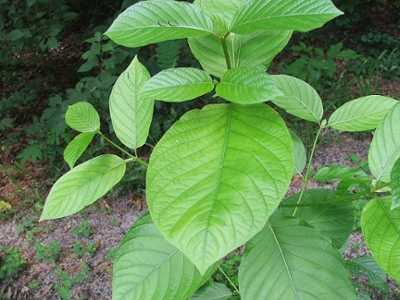
MinerAlert

MinerAlert
Mitragyna speciosa
Rubiaceae
Biak-biak, giam, gra-tom, kadamba. ketum, akuam, kraton, ithang, lugub, thom, mambog, puri (Pantano et al, 2016; Quattrocchi, 2012).
Unknown.

Principally the leaves.

Photo: Entheopedia.org/Google images
Mitragyna speciosa leaf and flowers
Safety/Precautions:
Before you decide to take any medicinal herb or herbal supplement, be sure to consult with your health care professional first. Avoid self-diagnosis and self-medication: Always be on the safe side!